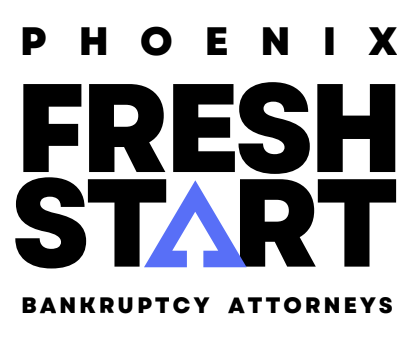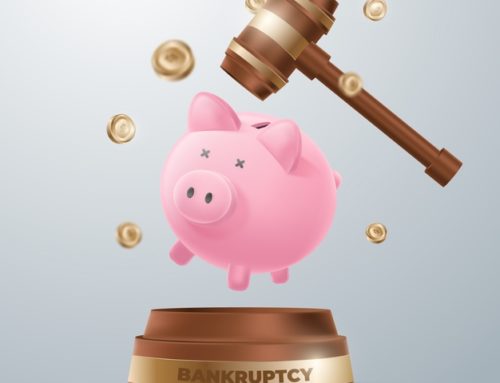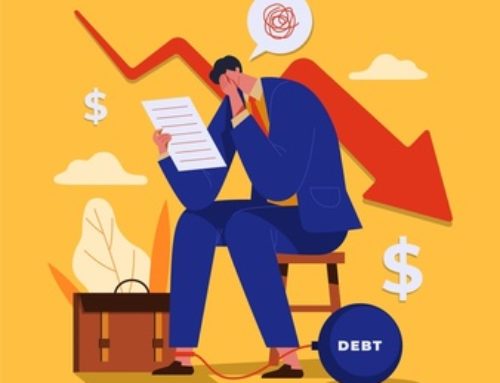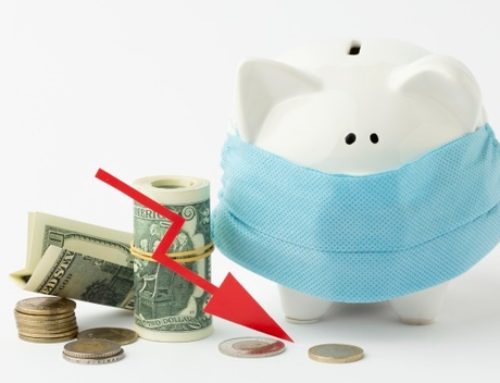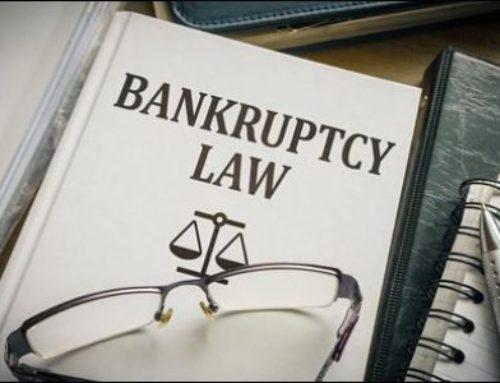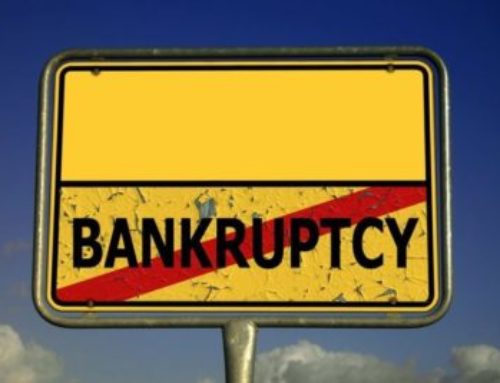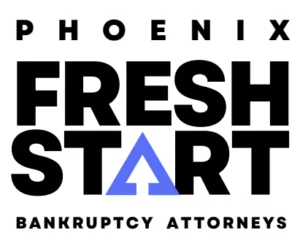There are different types of bankruptcy in the bankruptcy code, but for personal bankruptcy that can discharge heavy debt in about four months, the bankruptcy chapter to file under is Chapter 7. The bankruptcy process is short as compared to the bankruptcy proceedings involved in Chapter 13, which takes three to five years before bankruptcy discharge since it’s all about debt reorganization. This means that filers have to follow a debt repayment plan and make monthly payments over the course of the bankruptcy.
Chapter 7 Filing Process
Bankruptcy filings under Chapter 7 may be discharged in just 82 days, but the typical bankruptcy case takes longer than that. The bankruptcy court needs about 20 additional days for scheduling and other procedural details.
What are the steps involved in filing a Chapter 7 bankruptcy? Here’s a typical timeline.
- Gathering of documents – The duration for this step depends on how organized you are. You’ll need to locate all documents that will provide necessary bankruptcy information, such as pay stubs, tax returns, and statements from banking, bills, investment, and retirement accounts.
- Preparation of the petition – you need to fill out official bankruptcy forms on which you’ll disclose everything about your finances. Once all your bankruptcy petition paperwork is completed, it should be about 35 to 50 pages thick.
- Completion of credit counseling – Individual bankruptcy filers is required to take a credit counseling course. You need to find a certified credit counselor and sign up for a session. It can be done online and shouldn’t take more than a few hours.
- Filing of the petition – Once the forms have been accomplished and the counseling course has been completed, you may now petition for bankruptcy by filing your paperwork, including the counseling certificate, with the bankruptcy court. You have to pay a filing fee. This may be paid in installments, or you could request a fee waiver.
This is the official start of the bankruptcy case. Bankruptcy protection ensues, meaning that the automatic stay takes effect. Bankrupt debtors get some debt relief as creditors are ordered to stop debt collection efforts. Take note, however, that if you’ve previously filed for bankruptcy, the stay might only last a month or might not be granted at all.
- Notification of the creditors – A few days after filing, the court will send a bankruptcy notice to you and your creditors. It will indicate whether it’s an asset case or not. There will be money available for creditors in asset bankruptcy cases. The notice will also include:
- The case number.
- The details of the 341 meeting of creditors, which takes place sometime between three weeks and 40 days after filing
- The deadlines for creditor filing and objection.
The notice won’t arrive immediately, so you and your bankruptcy lawyer will need to let your creditors know that you filed bankruptcy in case repossession, foreclosure, wage garnishment, or even a lawsuit is impending.
- Completion of the education course – You need to take a debtor education course any time after the filing, but take note that you have to file the course certificate no later than 60 days after the initial meeting of creditors. Failure to comply will result in case dismissal and you won’t get the discharge that will wipe out your debt.
- Submission of 521 documents – You must provide pay stubs, tax returns, bank statements, and other pertinent documents to the bankruptcy trustee at least seven days before the first date set for the meeting of creditors.
- Attendance of the meeting of creditors – You will be interviewed under oath by the trustee. Creditors rarely attend this, and it usually lasts no longer than ten minutes.
- Objection of creditors – If your creditors wish to object, they must file their objection within 60 days of the first date set for the meeting of creditors. With objection, the court will not yet discharge a debt.
- Issuance of bankruptcy discharge – Without objection, you will receive an order of discharge in the mail, erasing all dischargeable debts.
- Closure of case – Most bankruptcy cases are closed after the issuance of the discharge order, but in some cases, the liquidation of assets will delay the case being closed.
Phoenix Chapter 7 Attorneys Can Help
Even Chapter 7 filers can use legal advice regarding their case. If you’re in financial distress, it’s important to consult a bankruptcy attorney right away. Financial problems have solutions. With legal guidance and assistance, you can identify the right one for your situation. Call us at Phoenix Fresh Start Bankruptcy Attorneys to talk to one of our experienced bankruptcy lawyers now.
